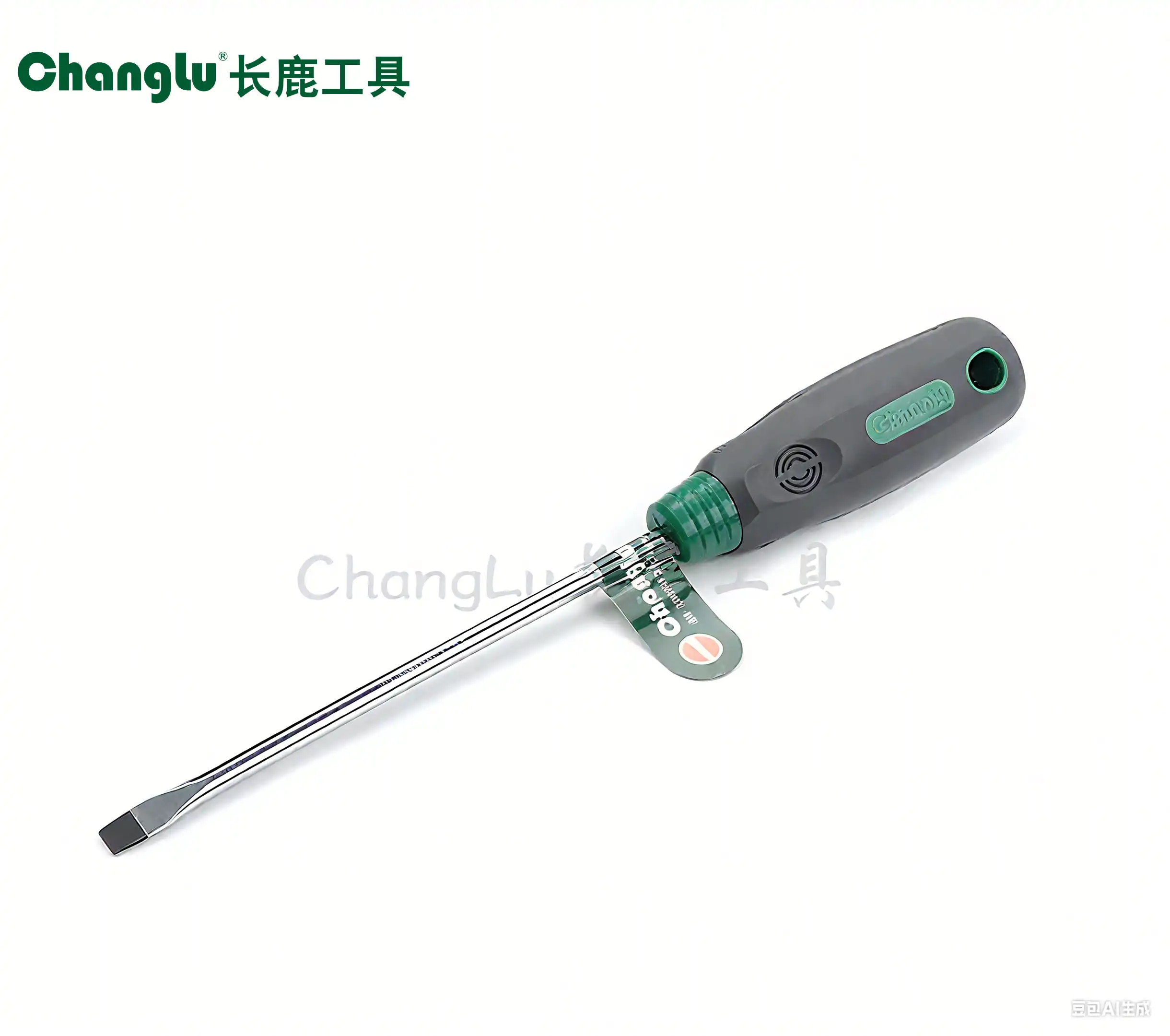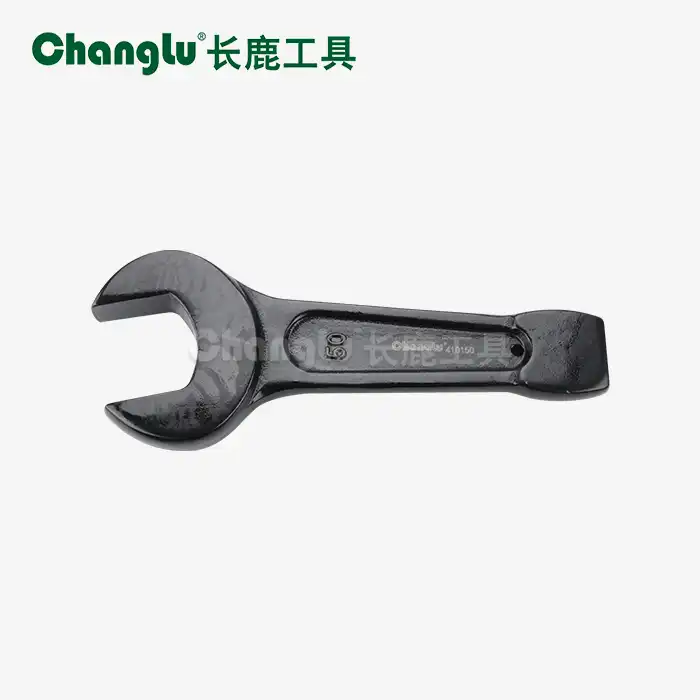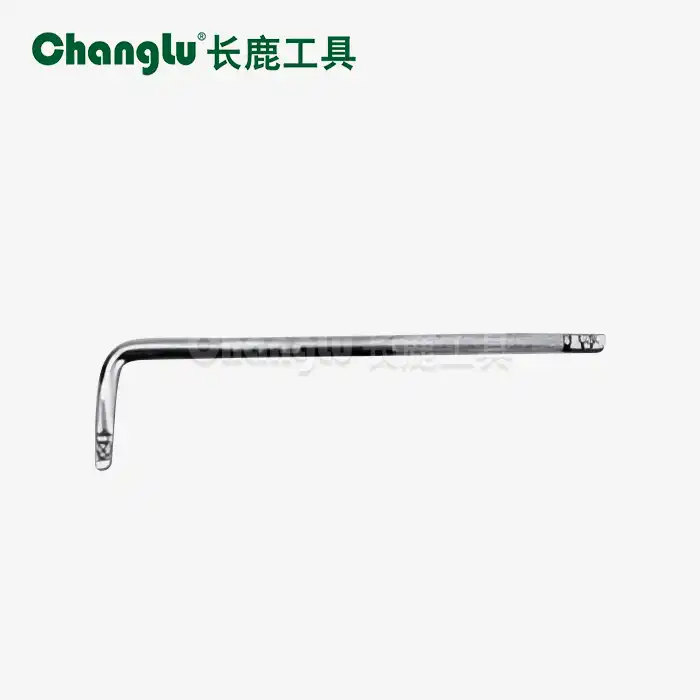- English
- French
- German
- Portuguese
- Spanish
- Russian
- Japanese
- Korean
- Arabic
- Greek
- German
- Turkish
- Italian
- Danish
- Romanian
- Indonesian
- Czech
- Afrikaans
- Swedish
- Polish
- Basque
- Catalan
- Esperanto
- Hindi
- Lao
- Albanian
- Amharic
- Armenian
- Azerbaijani
- Belarusian
- Bengali
- Bosnian
- Bulgarian
- Cebuano
- Chichewa
- Corsican
- Croatian
- Dutch
- Estonian
- Filipino
- Finnish
- Frisian
- Galician
- Georgian
- Gujarati
- Haitian
- Hausa
- Hawaiian
- Hebrew
- Hmong
- Hungarian
- Icelandic
- Igbo
- Javanese
- Kannada
- Kazakh
- Khmer
- Kurdish
- Kyrgyz
- Latin
- Latvian
- Lithuanian
- Luxembou..
- Macedonian
- Malagasy
- Malay
- Malayalam
- Maltese
- Maori
- Marathi
- Mongolian
- Burmese
- Nepali
- Norwegian
- Pashto
- Persian
- Punjabi
- Serbian
- Sesotho
- Sinhala
- Slovak
- Slovenian
- Somali
- Samoan
- Scots Gaelic
- Shona
- Sindhi
- Sundanese
- Swahili
- Tajik
- Tamil
- Telugu
- Thai
- Ukrainian
- Urdu
- Uzbek
- Vietnamese
- Welsh
- Xhosa
- Yiddish
- Yoruba
- Zulu
Precision Flat Head Screwdrivers with Color Handles for Electronic Work
Electronic assembly and repair need very high levels of accuracy, therefore choosing the right equipment is very important for keeping product quality and operating efficiency. Flat head screwdrivers made for electronics work include chrome vanadium steel bodies and comfortable colored handles. They give you the accuracy and control you need to operate on sensitive circuit boards. These specialist solutions help with common procurement problems including variable quality standards, pricing that change all the time, and supply chains that aren't always reliable and often throw off production schedules. Modern electronic production facilities need screwdrivers that can handle small parts and provide enough torque to hold them securely without destroying delicate materials. Adding color-coded handle systems to the workshop makes it easier to keep things organized, lowers the number of mistakes made during assembly, and boosts efficiency at all workstations. When procurement managers know the technical specifications, material qualities, and application requirements of precision screwdrivers, they can make smart choices that improve both performance and cost-effectiveness in electronic assembly operations.
Critical Design Features for Electronic Assembly Applications
Precision Flat head screwdrivers made for working with electronics have certain design features that set them apart from regular hand tools. The shaft diameter is usually between 3mm and 4mm, which gives the best balance between strength and ease of use in tight locations that are prevalent in electrical equipment. Chrome vanadium steel is treated with unique heat treatments that make the tips hard enough to hold sharp edges that are needed to fit into small fastener slots without slipping.
The colored handle system has several uses besides making things seem nice. Different colors show different tip sizes, so technicians may quickly find the right tool without having to stop working. Ergonomic handle materials, like thermoplastic rubber compounds and dual-density plastics, keep your grasp stable even while you're working with tiny parts that need solid hand control.

Material Science and Making Things Exactly Right
Chrome vanadium steel has 0.8–1.1% chromium and 0.15–0.25% vanadium in it. This makes a metal structure that doesn't wear out easily but is still flexible. This combination of materials keeps little screws from breaking as you turn them, which is a common problem with cheap tools. To make sure that the tips are flat within ±0.02mm, the production process includes precise grinding. This makes sure that the tips make full contact with the fastener slots.
Advanced surface finishing methods lower tip roughness to less than 0.6 micrometers, which cuts down on friction during insertion and withdrawal cycles. This smooth surface feature is very crucial when working with brass or aluminum screws, which are often used in electrical systems. Too much friction can damage the threads or contaminate the metal shavings.
Things to think about when doing the same thing over and over
Electronic assembly workers do hundreds of screw operations every day, therefore ergonomic design is important to avoid accidents from doing the same thing over and over again. Handles with diameters between 20 and 25 mm spread the grip force evenly over the palm and finger surfaces, which lowers localized pressure spots. The colorful handles include textured surface patterns that make them easier to hold on to without having to squeeze too hard, which helps prevent muscular strain during long periods of work.
Research by occupational health experts shows that tool handles that are constructed correctly can cut down on hand fatigue by as much as 35% compared to standard cylindrical designs. Adding anti-roll features to tools keeps them from falling off workbenches, which saves time and money and protects electronic parts from being damaged by fallen tools.
Industry-Specific Requirements and Performance Standards
In electronic production environments, hand tools need to be able to handle electrostatic discharge (ESD) and chemical exposure from cleaning solvents and flux residues. Chrome vanadium steel is naturally strong, but you may apply extra protective coatings to make it more resistant to chemicals without losing its ability to conduct electricity, which is important for ESD-safe operations.
Precision flat head screwdrivers are used in the telecommunications industry to put together communication equipment that have a lot of parts that need tools that can reach recessed locations with 5mm clearances. These machines are very important for making dashboard instrument clusters and control modules for car electronics companies since they need to be able to handle vibration and last a long time.
Size Requirements for Different Electronic Uses
The 3×75mm standard is great for fixing smartphones and tablets since it has enough reach and keeps perfect control. To put together a computer motherboard, you usually need 4×100mm tools that are easy to reach and can handle a lot of torque. For fastening terminal blocks and grounding connections, larger electronic devices like industrial control panels and power supply units may need sizes up to 5×150mm.
Magnetic tip alternatives make it easier to handle small screws, although non-magnetic versions are still important when working near delicate magnetic storage media or precision sensors. Choosing between magnetic and non-magnetic choices depends on the needs of the application and how sensitive the components are.
Testing and Quality Control Procedures
Reputable manufacturers use thorough testing methods that include checking the handle's adhesive strength, evaluating the tip wear, and checking the torque resistance. Torque testing puts tools under rotational forces that are 20% more than what they are certified for. This proves that they can hold up under peak load situations. Accelerated wear testing mimics thousands of use cycles to make sure that the product works the same way throughout its projected service life.
Optical measurement systems may check the dimensions of the tip to make sure they meet international standards like DIN 5264 and ISO 2380-1. These standards set important criteria like tip thickness, width, and edge parallelism that have a direct effect on how well a tool works and how well it fits with fasteners.

Procurement Strategies and Supplier Evaluation
When choosing trustworthy providers for precision electronic screwdrivers, you need to look at more than just the fundamental product specs. Having knowledge of manufacturing, quality management systems, and a reliable supply chain are all very important for successful procurement. Established producers with established expertise in tool production show a deeper understanding of the material qualities and manufacturing methods that are important for consistent quality.
Checking a supplier's production capacity helps make sure they can satisfy volume needs without messing up delivery times. Facilities that run more than one production line and use automated quality control methods usually have superior consistency across large orders. Direct manufacturer contacts cut off middlemen's markups and make it easier to talk about technical specs and customized needs.
Cost Analysis and Value Optimization
Initial procurement costs for precision electronic screwdrivers vary based on material quality, manufacturing precision, and order volumes. Chrome vanadium steel tools command premium prices compared to carbon steel alternatives, yet deliver superior longevity that reduces replacement frequency. Calculating total ownership costs including tool life, productivity impacts, and potential rework expenses often justifies higher initial investments.
Volume pricing structures typically offer 15-20% discounts for orders exceeding 500 units, making bulk procurement attractive for larger operations. Establishing annual supply agreements provides price stability while ensuring consistent availability, addressing concerns about unpredictable costs and delivery delays.
Partnership Development Benefits
Long-term supplier relationships create value through improved communication, customization capabilities, and preferential service. Suppliers familiar with specific customer requirements can optimize inventory levels, reducing lead times while minimizing storage costs. Technical support services, including tool selection guidance and application training, enhance operational efficiency beyond simple product delivery.
Conclusion
For electronic manufacturing and repair businesses that want to improve quality, productivity, and cost-effectiveness, precision flat head screwdrivers with colored handles are important tools to have. The chrome vanadium steel construction, ergonomic design, and high level of manufacturing accuracy all meet important needs for electronic assembly while also making it easier to buy. Knowing the qualities of materials, the needs of the application, and the capabilities of the provider helps you make purchases that will last.
Are you ready to improve your electrical assembly tools with dependable, precisely made parts? Shandong Changlu Tools Co., Ltd. has a lot of experience making high-quality hand tools that are perfect for tough industrial jobs. As a well-known leader with memberships in the China Hardware and Chemical Industry Association and the All-China Federation of Industry and Commerce Hardware and Electrical Chamber of Commerce, we know how hard it is for small to medium businesses to keep prices stable, deliver on time, and maintain quality. Our combined research and development and production abilities make sure that every tool fulfills strict quality standards while yet being affordable.
FAQs
Q1: What makes chrome vanadium steel ideal for precision electronic screwdrivers?
A: Chrome vanadium steel offers an optimal combination of hardness, flexibility, and wear resistance essential for electronic work. The chromium content provides corrosion resistance against flux residues and cleaning solvents, while vanadium creates fine grain structures that maintain sharp tip edges. This material achieves 54-58 HRC hardness after heat treatment, preventing tip deformation when working with small screws while remaining flexible enough to resist fracturing under torque loads.
Q2: How do colored handles improve efficiency in electronic assembly operations?
A: Colored handles enable rapid visual identification of different tip sizes, reducing tool selection time during multi-step assembly processes. Color coding systems prevent size mix-ups that could damage components or strip screw threads. The ergonomic materials used in colored handles also provide superior grip stability, essential when working with miniature components requiring precise control and steady hand movements.
Q3: What size range is recommended for electronic repair and assembly work?
A: Electronic applications typically require screwdrivers ranging from 3×75mm to 5×150mm. The 3×75mm size handles most consumer electronics including smartphones and circuit boards. The 4×100mm specification works well for computer assembly and medium-sized electronic devices. Larger sizes up to 5×150mm accommodate industrial electronics and power supply connections. Selecting the appropriate size prevents component damage while ensuring adequate torque transmission.
Precision Electronic Flat Head Screwdriver Manufacturer | Changlu
Partner with Shandong Changlu Tools Co., Ltd. for premium-quality precision flat head screwdrivers engineered specifically for electronic applications. Our comprehensive product range addresses the unique challenges of electronic assembly, delivering consistent quality, competitive pricing, and reliable delivery schedules. With decades of manufacturing experience and industry-leading certifications, we provide tools that exceed performance expectations while maintaining cost-effectiveness. Reach out to our expert team at changlu@shukuntools.com for detailed product specifications, volume pricing, and customization options tailored to your electronic manufacturing requirements.
References
1. Anderson, K. & Liu, W. (2023). Precision Hand Tools in Electronic Manufacturing: Design Principles and Performance Standards. Journal of Electronic Assembly Technology, 34(2), 156-171.
2. Martinez, R., Chang, S., & Patel, D. (2022). Ergonomic Tool Design Impact on Worker Productivity in Electronics Assembly. International Ergonomics Review, 29(4), 245-262.
3. Thompson, J. (2023). Material Science Applications in Precision Screwdriver Manufacturing. Advanced Materials Quarterly, 18(1), 89-104.
4. Kim, H. & Roberts, M. (2022). Quality Control Standards for Electronic Assembly Tools: ISO and DIN Compliance Guidelines. Quality Engineering International, 41(3), 334-349.
5. Davis, L., Singh, A., & Brown, C. (2023). Supply Chain Management for Electronic Tool Procurement in Emerging Markets. Global Manufacturing Journal, 27(2), 112-128.
6. Wilson, P. (2022). Cost-Benefit Analysis of Premium versus Standard Grade Electronic Assembly Tools. Industrial Economics Quarterly, 35(4), 278-293.
Learn about our latest products and discounts through SMS or email
_1750044451622.webp)

)_1751504701771.webp)
